Hellboy – The Superhero from Hell
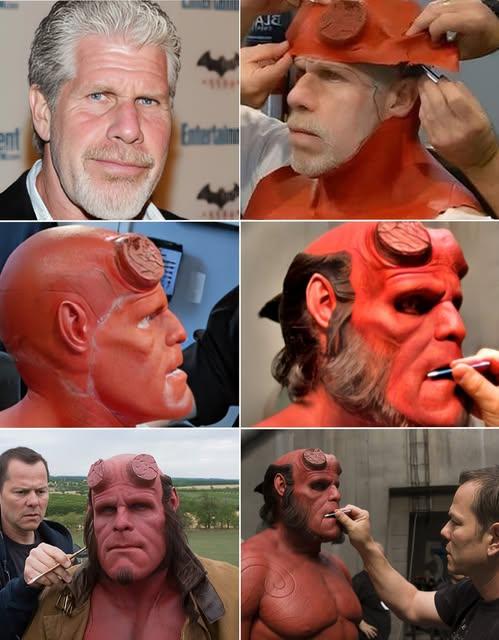
Hellboy is one of the most iconic fantasy action film franchises, based on the comic book series of the same name by Mike Mignola, published by Dark Horse Comics. Blending elements of superhero action, horror, mythology, and dark humor, Hellboy has captivated global audiences through multiple film adaptations—most notably the two directed by Guillermo del Toro (2004 and 2008), and the 2019 reboot. This article offers a comprehensive look at the film series, covering its storyline, characters, artistic style, and cultural impact.
1. Overview of Hellboy
Hellboy follows the journey of a demon summoned from Hell by the Nazis during World War II, who is instead raised by humans to become a superhero. Hellboy—whose true name is Anung Un Rama—is a red-skinned demon with a tail, filed-down horns, and a massive stone right hand known as the “Right Hand of Doom.” He works for the Bureau for Paranormal Research and Defense (B.P.R.D.), a secret organization that handles supernatural threats.
The first film, Hellboy (2004), directed by Guillermo del Toro, introduces the central character and his mysterious world. Its sequel, Hellboy II: The Golden Army (2008), expands the story with a grander scope. The reboot Hellboy (2019), directed by Neil Marshall, presents a darker and more violent take on the character.
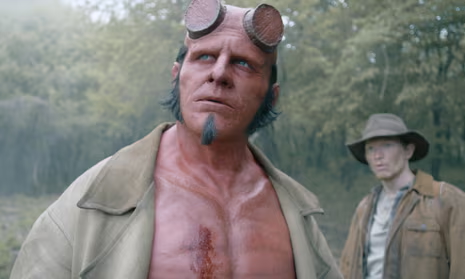
2. Plot and Themes
At its core, Hellboy is a tale of the eternal battle between good and evil—but not in a conventional way. Though born of hellish origins, Hellboy constantly fights to protect humanity and defy his destructive destiny. The films explore deep themes such as:
- Human Nature: Hellboy symbolizes internal conflict—torn between his demonic instincts and the compassion instilled in him by his adoptive father, Professor Trevor Bruttenholm.
- Acceptance: As an outsider, Hellboy faces prejudice yet remains steadfast in his mission.
- Friendship and Love: The emotional core of the story lies in his relationships with Liz Sherman (a pyrokinetic woman) and Abe Sapien (an intelligent amphibious creature).
The 2019 reboot delves further into Hellboy’s dark origins, incorporating Arthurian mythology and introducing Nimue the Blood Queen as a central antagonist.
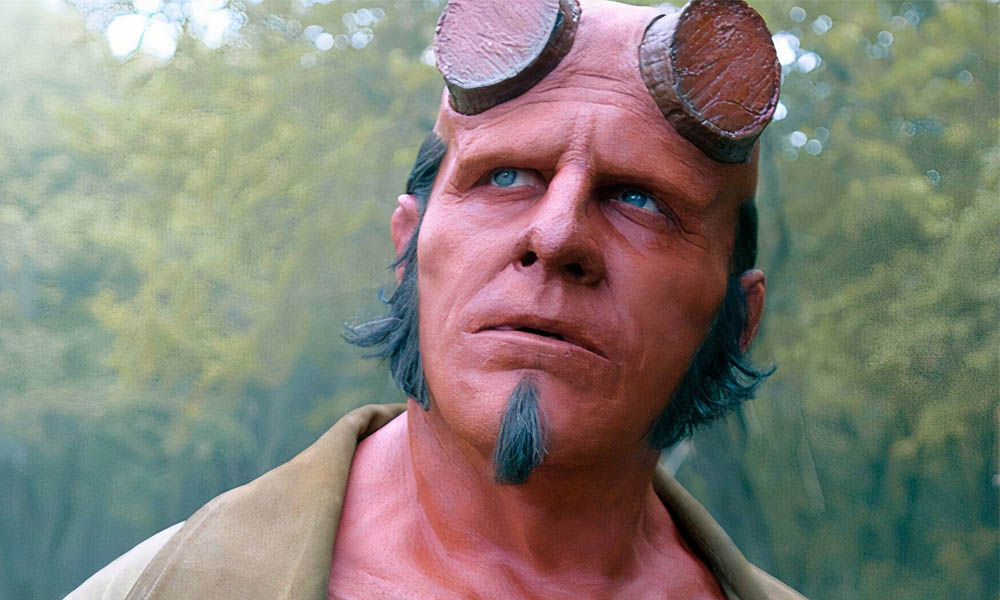
3. Artistic Style and Visual Effects
Under Guillermo del Toro’s vision, the 2004 and 2008 films showcase a distinct artistic flair with gothic visuals, vibrant yet ominous color palettes, and a fusion of realism and fantasy. Supernatural creatures—ranging from towering monsters to the intricate designs of The Golden Army—are masterfully crafted, demonstrating a unique creativity. The haunting score by Marco Beltrami also enhances the mystical and emotional tone of the films.
While the 2019 reboot wasn’t as critically acclaimed, it stood out for its intense action, blood-soaked sequences, and impressive CGI battles on a grand scale.
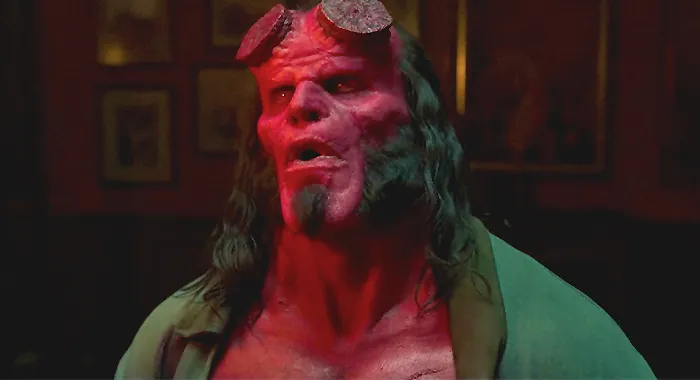
4. Cast and Characters
- Ron Perlman (Hellboy in 2004 & 2008): Perlman’s performance is iconic, capturing Hellboy’s wit, strength, and humanity with depth and charm.
- David Harbour (Hellboy in 2019): Harbour’s portrayal leans into a grittier and more tortured version of the character, fitting the reboot’s darker tone.
- Supporting characters like Liz Sherman (Selma Blair), Abe Sapien (Doug Jones), and Professor Bruttenholm (John Hurt in the originals, Ian McShane in the reboot) leave a lasting impression and enrich the story.
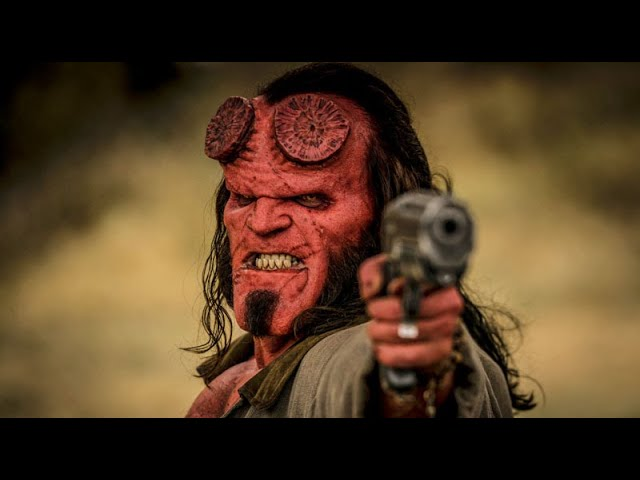
5. Legacy and Impact
Hellboy is more than a typical superhero film—it is a cultural work that blends comic books, mythology, and cinema. Guillermo del Toro’s films are praised for their creativity and narrative depth, while the 2019 reboot, though polarizing, helped keep the franchise alive.
Beyond film, Hellboy has expanded into comics, novels, video games, and animated features, building a larger universe. Hellboy’s sarcastic, rebellious, yet deeply responsible personality has inspired many other anti-hero characters in modern storytelling.
6. Why You Should Watch Hellboy
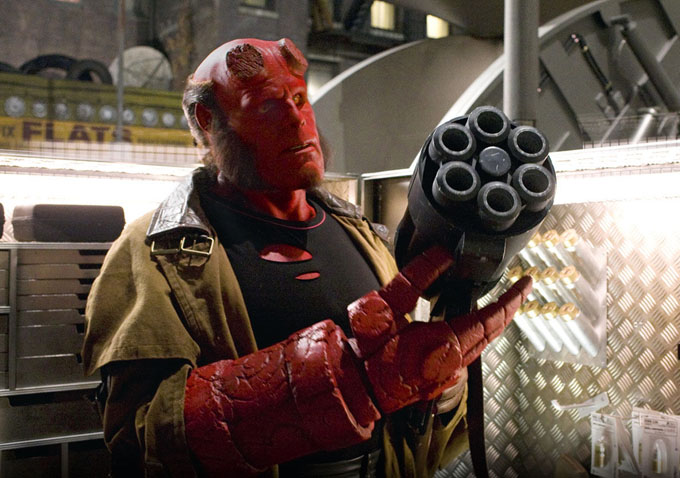
- Unique Storyline: Unlike standard superhero tales, Hellboy offers a fresh perspective with a demon as the hero.
- Stunning Visuals: A blend of special effects, monster design, and gothic style creates a captivating viewing experience.
- Meaningful Themes: It’s not just entertaining—it provokes thought about humanity, identity, and choice.
7. Conclusion
Whether you’re a fan of Guillermo del Toro’s original films or curious about the 2019 reboot, Hellboy is a cinematic journey worth taking—a powerful mix of action, horror, and heart. If you’ve never seen it, get ready to dive into the mysterious world of Hellboy, where a demon may just be humanity’s greatest hero.